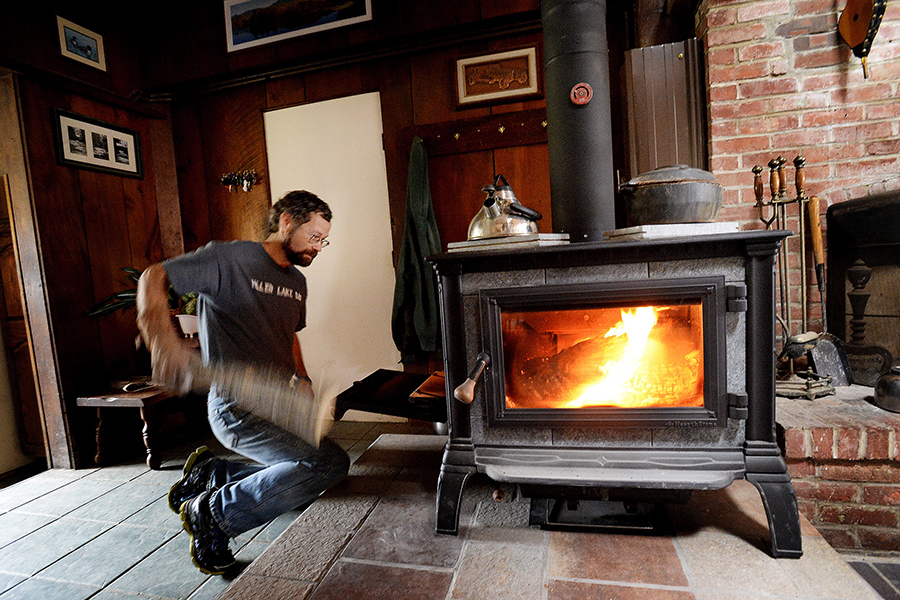Wood pellets cause more climate pollution than coal when they’re burned. So why does Europe call them ‘carbon neutral’? | Energy News Network
https://energynews.us/2019/12/02/so...-so-why-does-europe-call-them-carbon-neutral/
Thoughts?
https://energynews.us/2019/12/02/so...-so-why-does-europe-call-them-carbon-neutral/
Thoughts?


